Praying Mantis Life Cycle (Free Printable)
The praying mantis is an insect that is known for its unique appearance and predatory behavior. These insects are often studied in classrooms and observed in the wild. In this article, we will discuss the life cycle of praying mantises. Including the different stages and how long they typically live.
A free printable of The Praying Mantis Life Cycle Lapbook will be provided. This is a fun and educational printables resource for teaching students about the praying mantis life cycle.
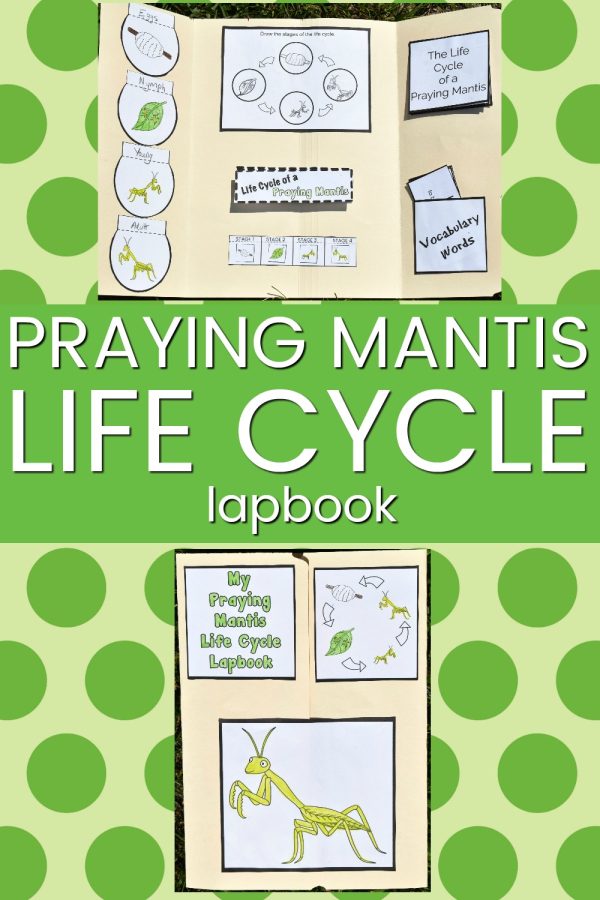
This post may contain affiliate links meaning I get commissions for purchases made through links in this post at no cost to you. Read my disclosure policy here.
Table of Contents
What are the stages of the Praying Mantis Life Cycle?
The praying mantis life cycle consists of three main stages: the egg stage, the nymph stage, and the adult stage. Each stage is characterized by different physical and behavioral characteristics.
The first stage is the egg stage. Female praying mantises lay their eggs in the late summer or early fall. Praying mantises typically lay their eggs in a frothy, protective case called an ootheca, which is attached to a twig or plant stem. The ootheca protects the eggs from predators and harsh weather conditions.
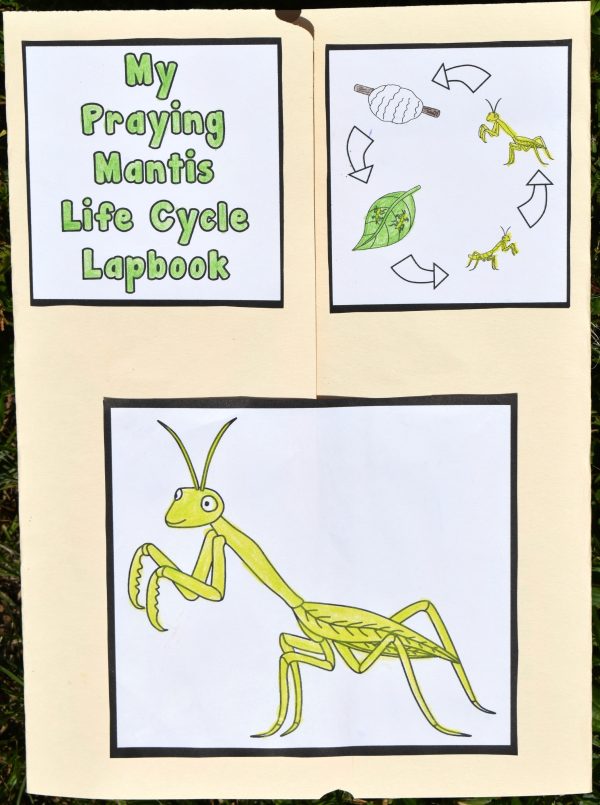
Life Cycle of Praying Mantids
The eggs hatch in the spring, usually around March or April. The nymphs that emerge from the eggs are tiny and wingless. They are also completely dependent on their mother for food and protection. As they grow, they molt their exoskeletons several times, shedding their old skin to reveal a larger one underneath.
The second stage is the nymph stage. During this stage, the praying mantis undergoes several molts as it grows and develops. The nymphs begin to develop wings and become more independent as they reach adulthood.
The final stage is the adult stage. Adult praying mantises have fully developed wings and are capable of flying. They are also capable of reproducing, and the cycle begins again as the females lay their eggs and the process starts anew.
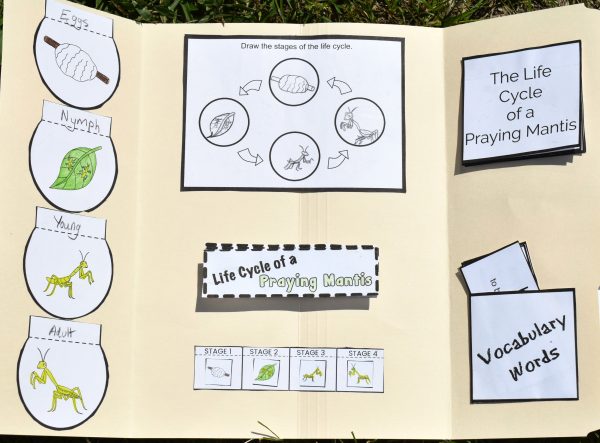
Praying Mantis Life Cycle Pictures
So, how long do praying mantises live? The lifespan of a praying mantis varies depending on the species and environmental factors. In general, praying mantises to live for about six months to a year. However, some species can live for up to two years in the wild.
To make learning about the praying mantis life cycle even more fun and interactive, you can use a Praying Mantis Life Cycle Lapbook. The lap book includes several foldable pages that students can use to record information about each stage of the life cycle. It also includes other elements such as vocabulary words.
Using a Praying Mantis Life Cycle Lapbook in the classroom is a great way to engage students and help them learn about the praying mantis life cycle in a fun and interactive way. Learning about the praying mantis can have numerous benefits, both for individuals and society as a whole.
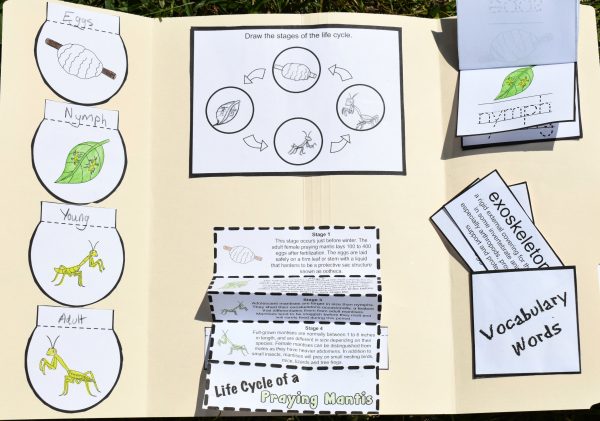
Praying Mantis Life Cycle Diagram
Firstly, learning about the praying mantis and other insects can help foster an appreciation for the natural world. By understanding the unique characteristics and behaviors of these creatures, we can gain a deeper respect for the diversity of life on our planet. This can lead to a greater desire to protect and preserve natural habitats and ecosystems.
Additionally, learning about the praying mantis can also help develop important critical thinking skills. Students must observe, analyze, and interpret the behavior of the praying mantis to understand its life cycle and behavior. This requires students to think critically and logically and to draw connections between different pieces of information.
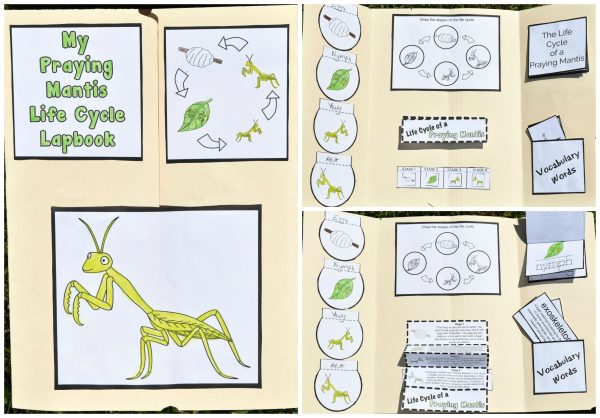
Learning more about the praying mantis can also promote empathy and compassion for other living creatures. By understanding the struggles and challenges that praying mantises face, students can develop a deeper appreciation for the interconnectivity of all living things. This can lead to a greater sense of responsibility for the well-being of the natural world and a desire to take action to protect it.
More Life Cycle Printables:
Strawberry Life Cycle (Free Printable)
Life Cycke of a Pumkpin (Free Printable)
Finally, studying the praying mantis can also provide opportunities for interdisciplinary learning. By studying the behavior and life cycle of the praying mantis, students can explore topics such as ecology, evolution, animal behavior, and more. This can help students develop a broad range of knowledge and skills that can be applied across a wide range of subjects and fields.
Whether you are a student, teacher, or simply someone who enjoys learning about the world around you, the study of the praying mantis is a valuable and rewarding pursuit.
